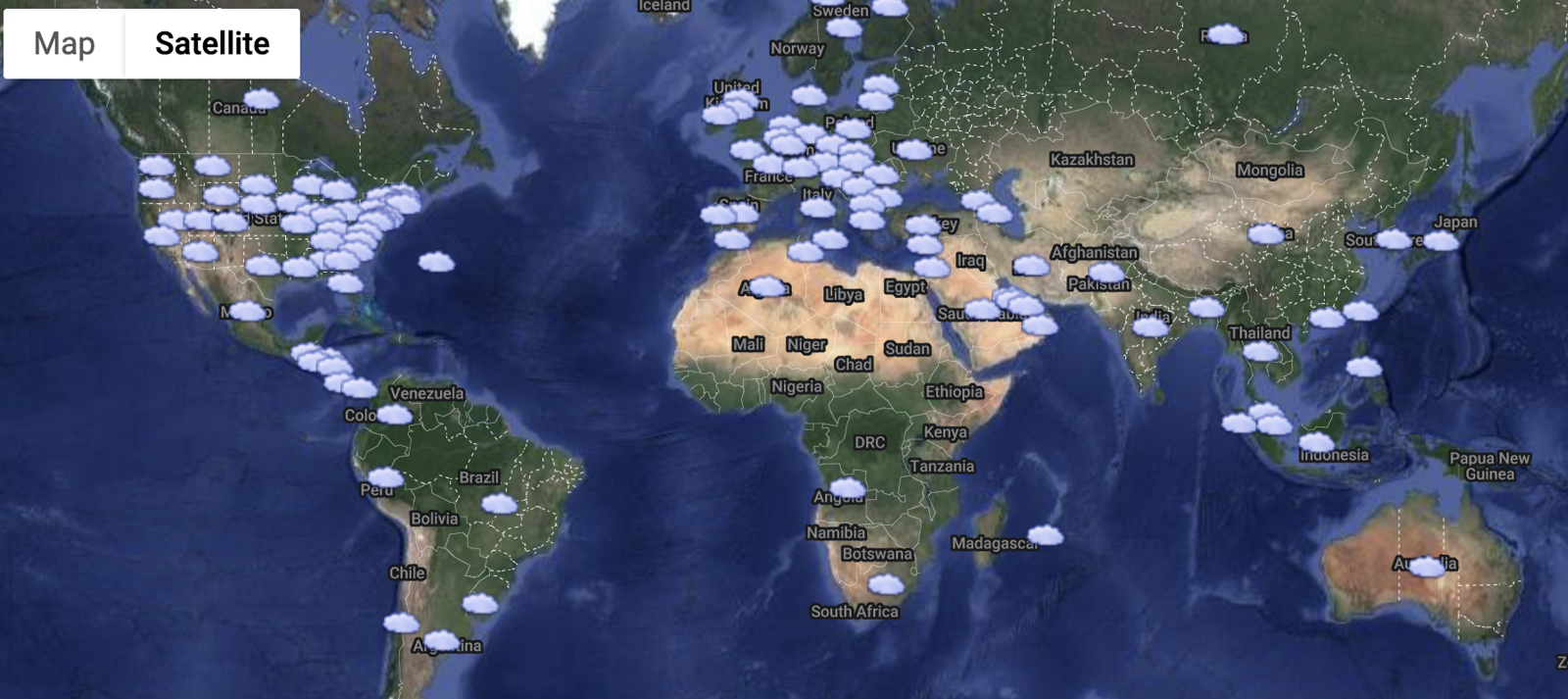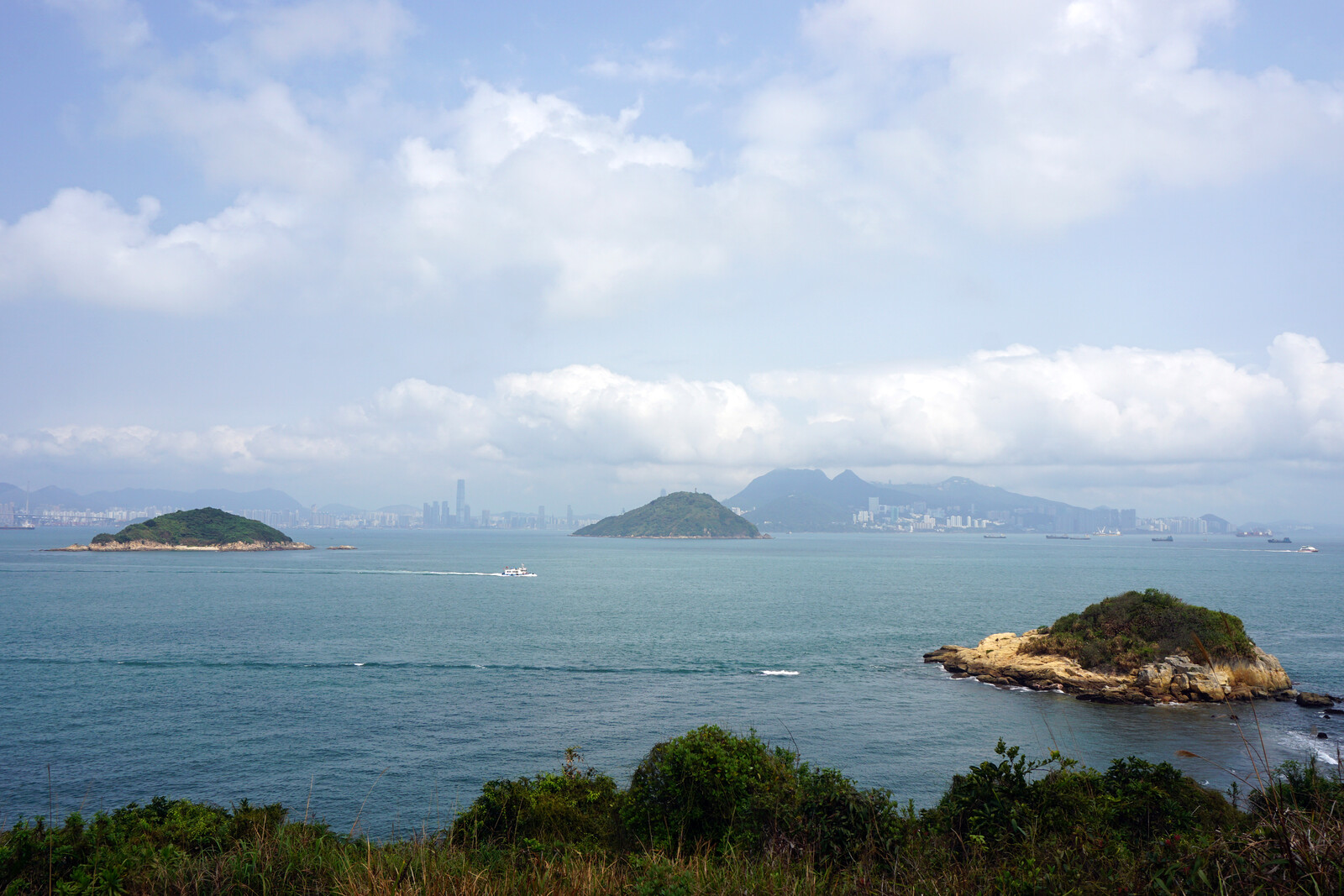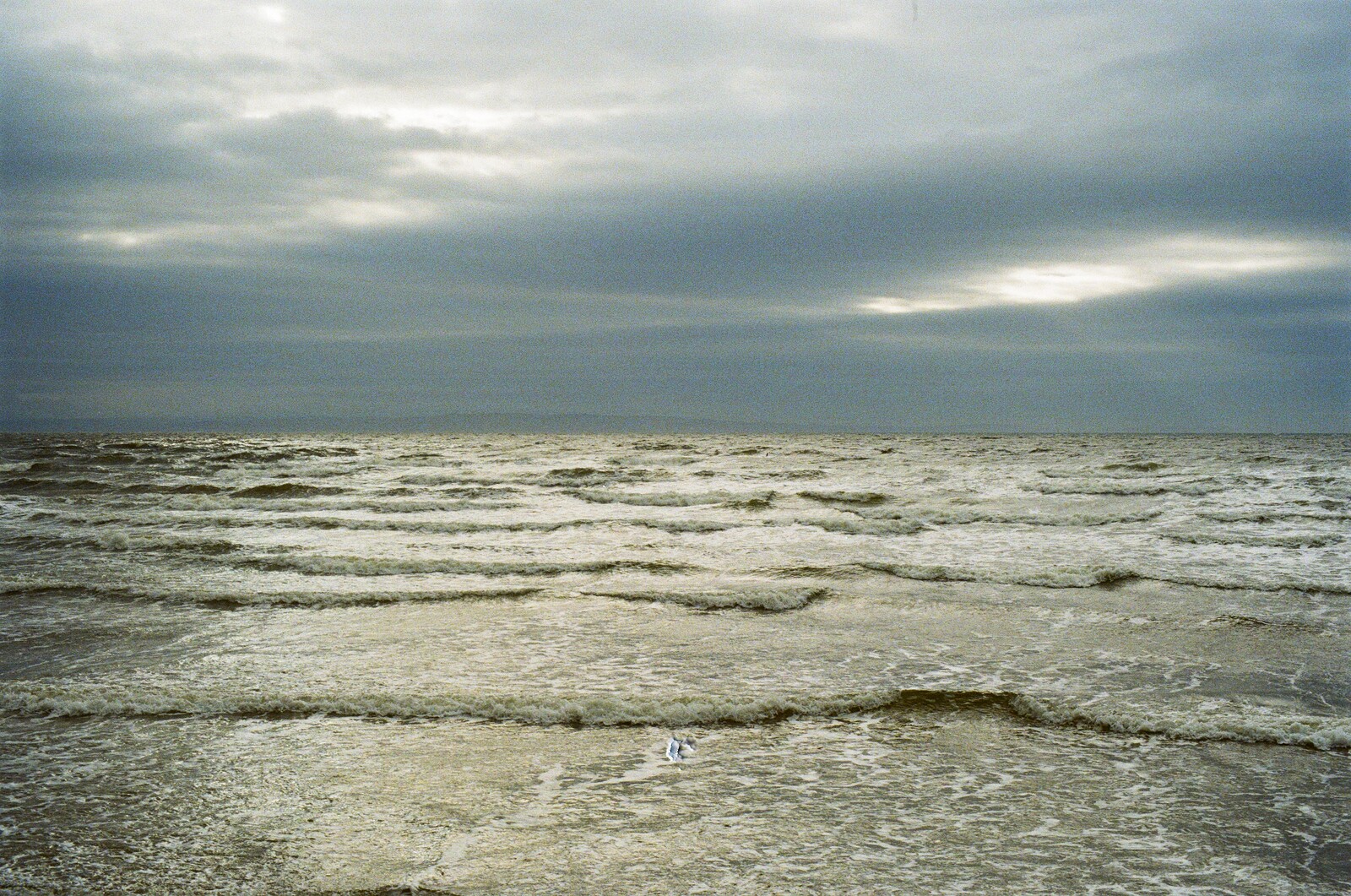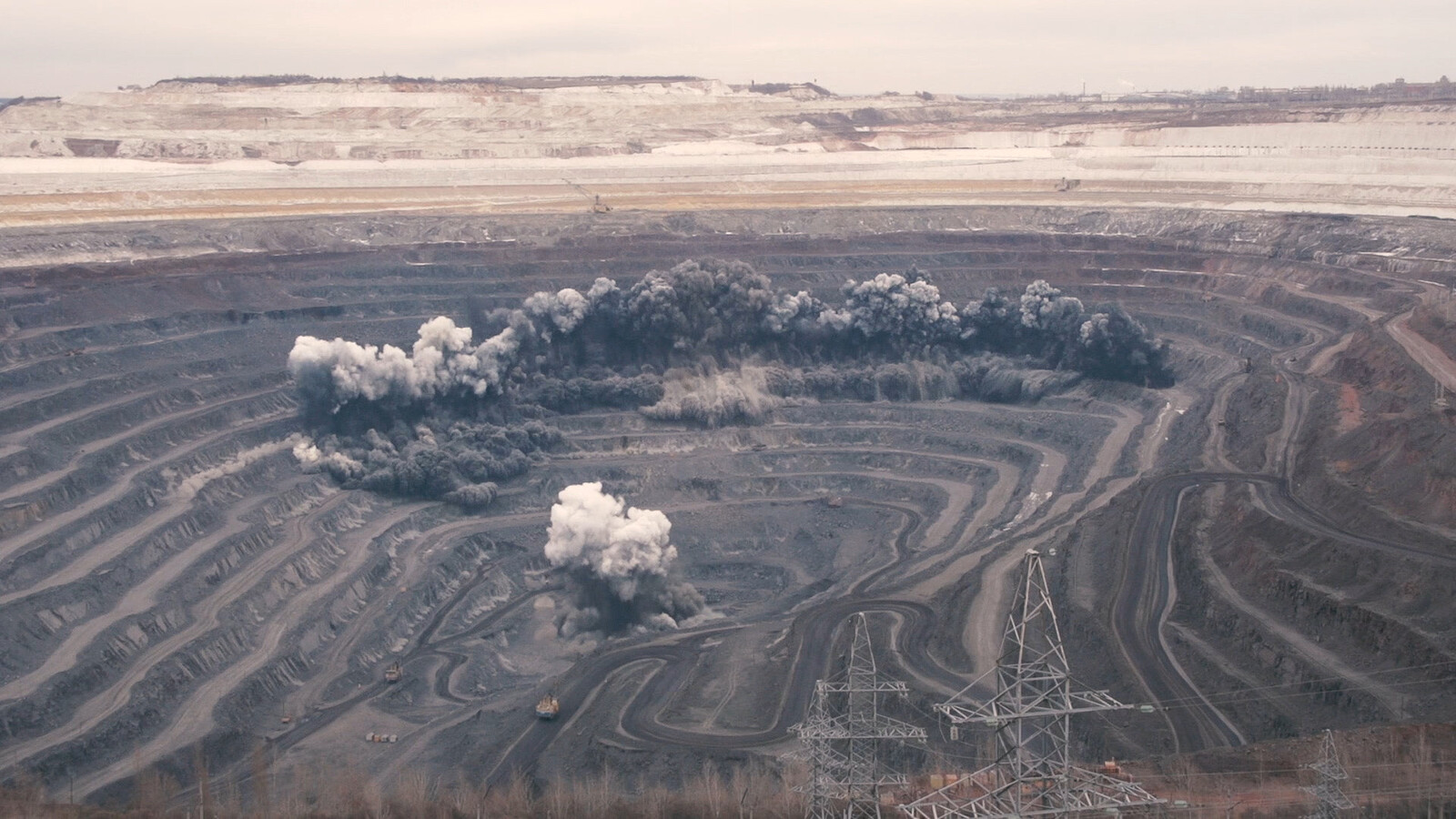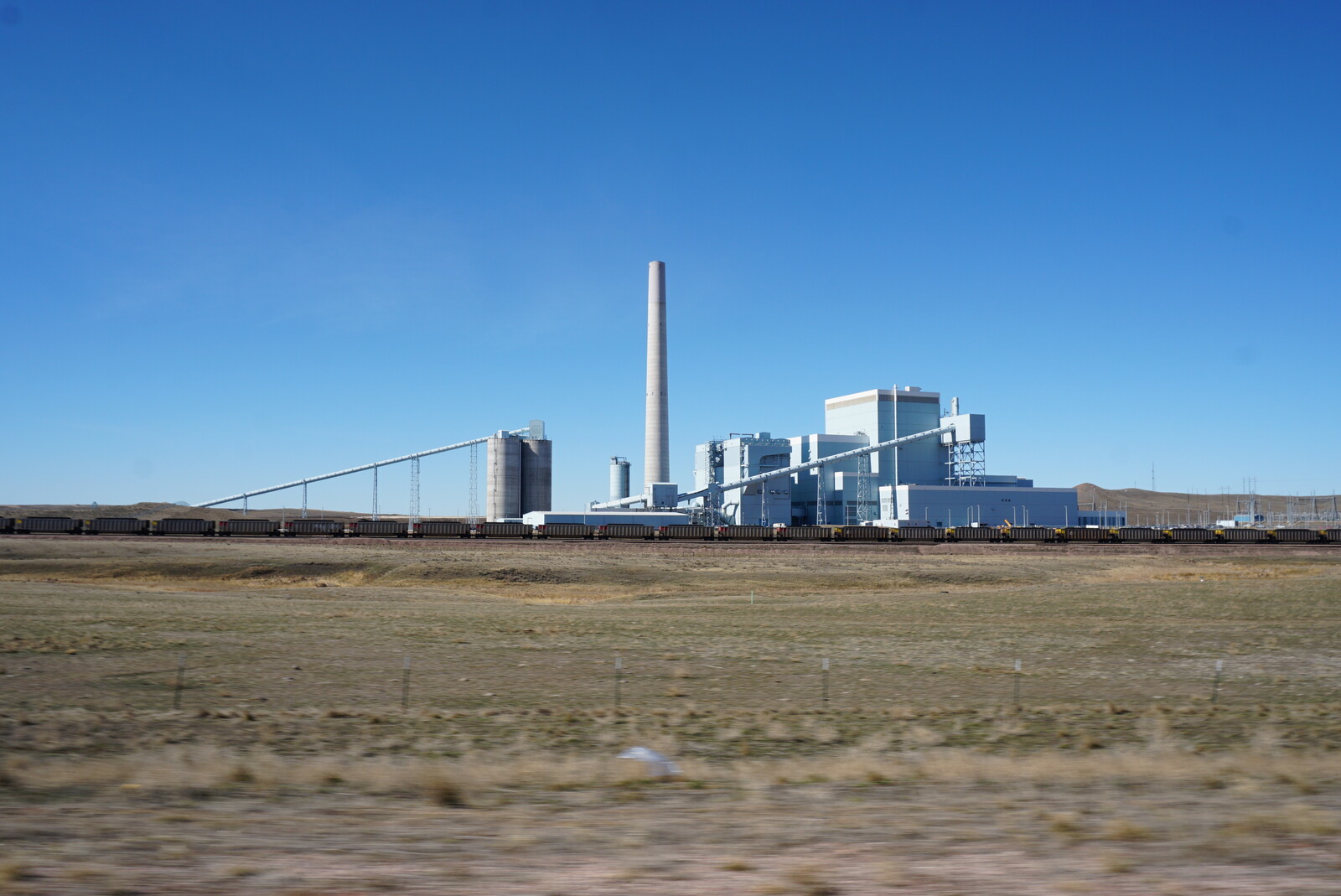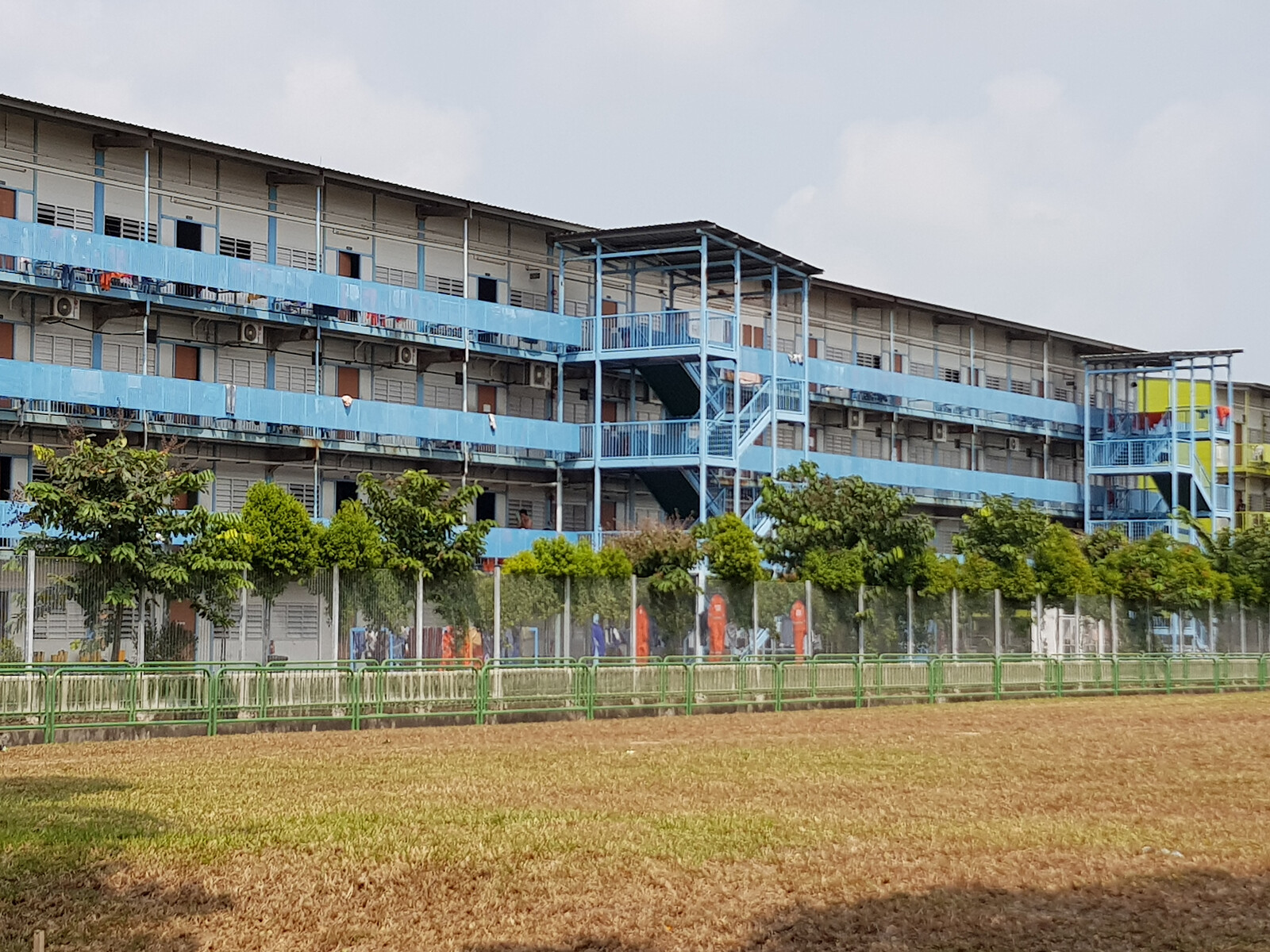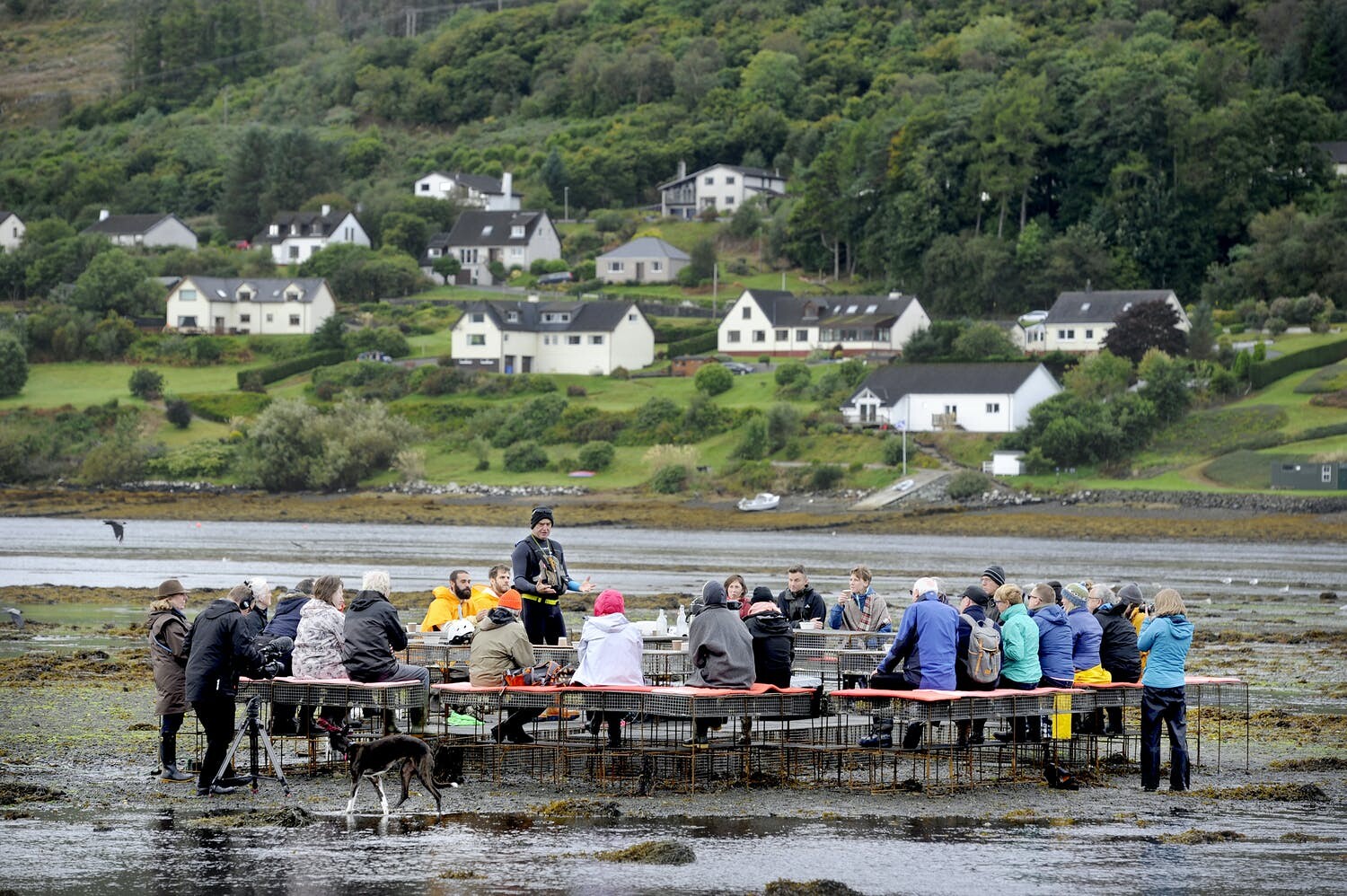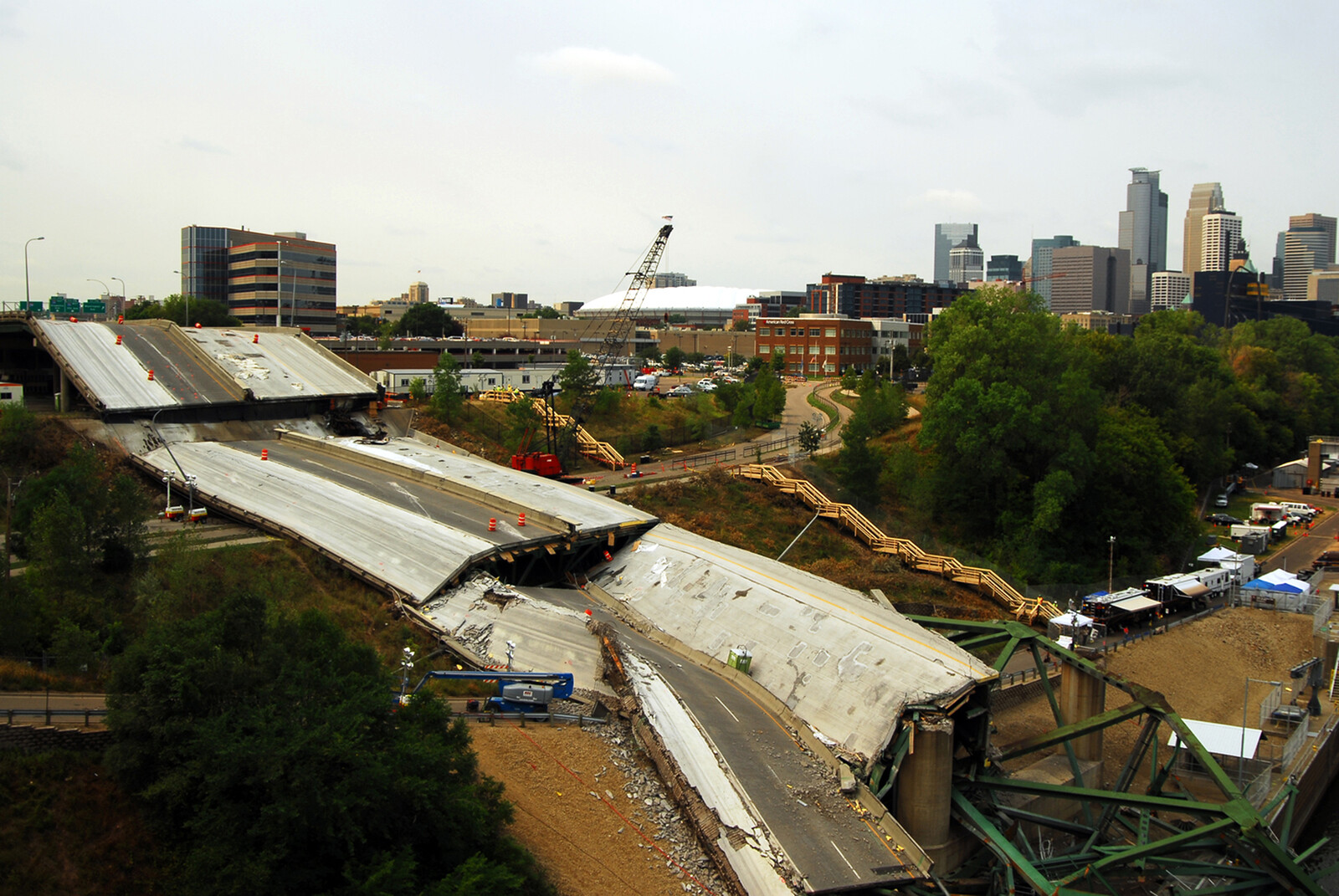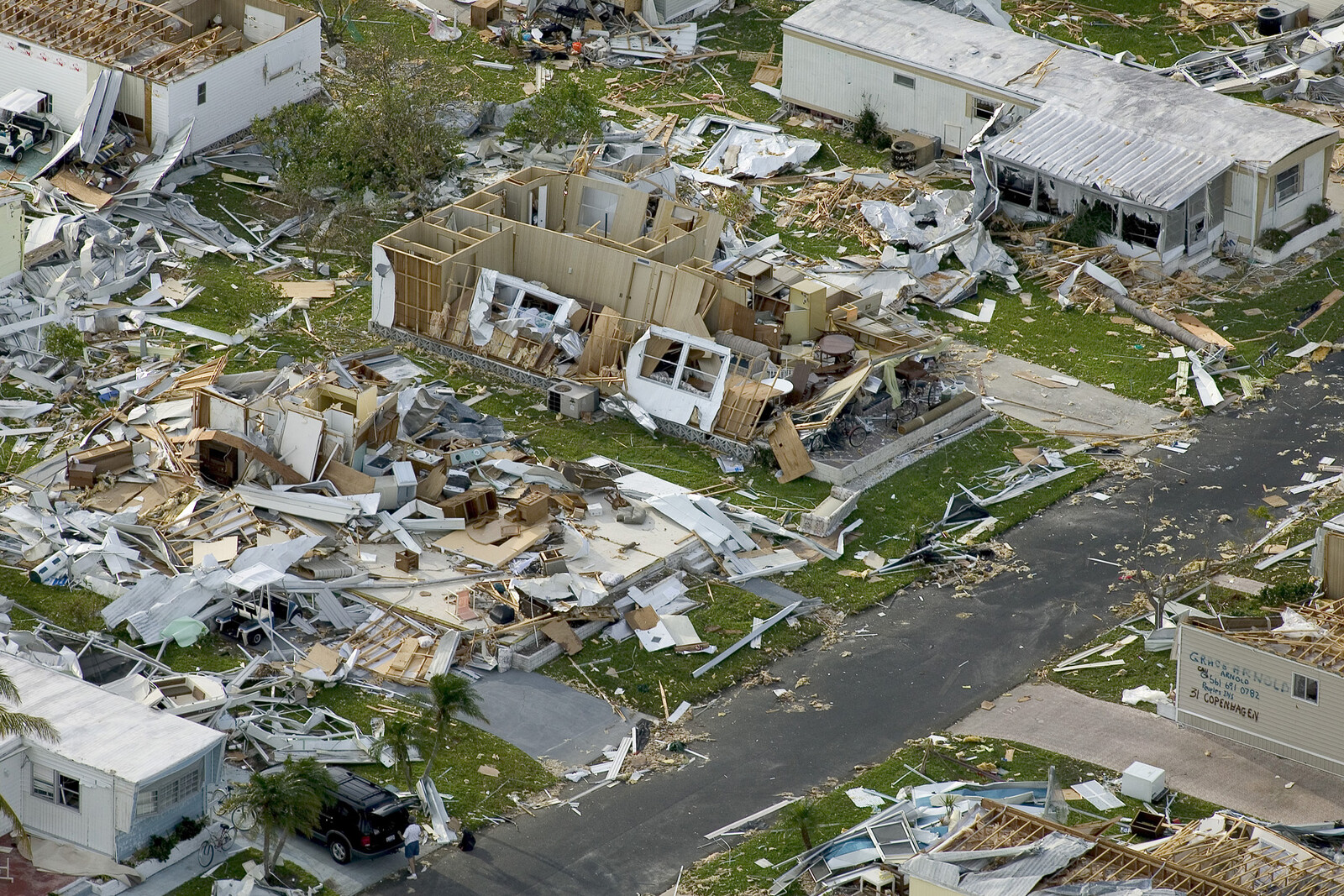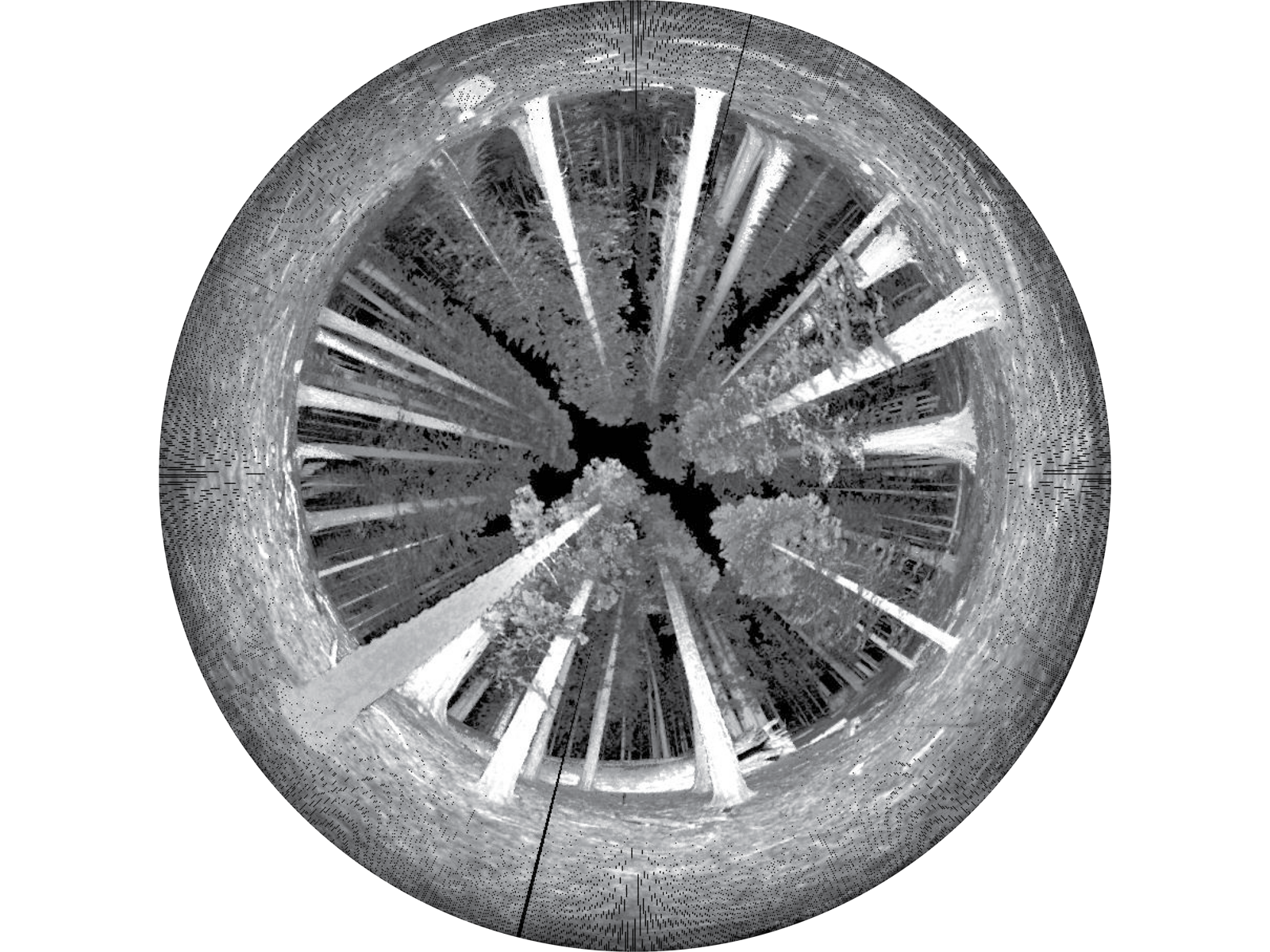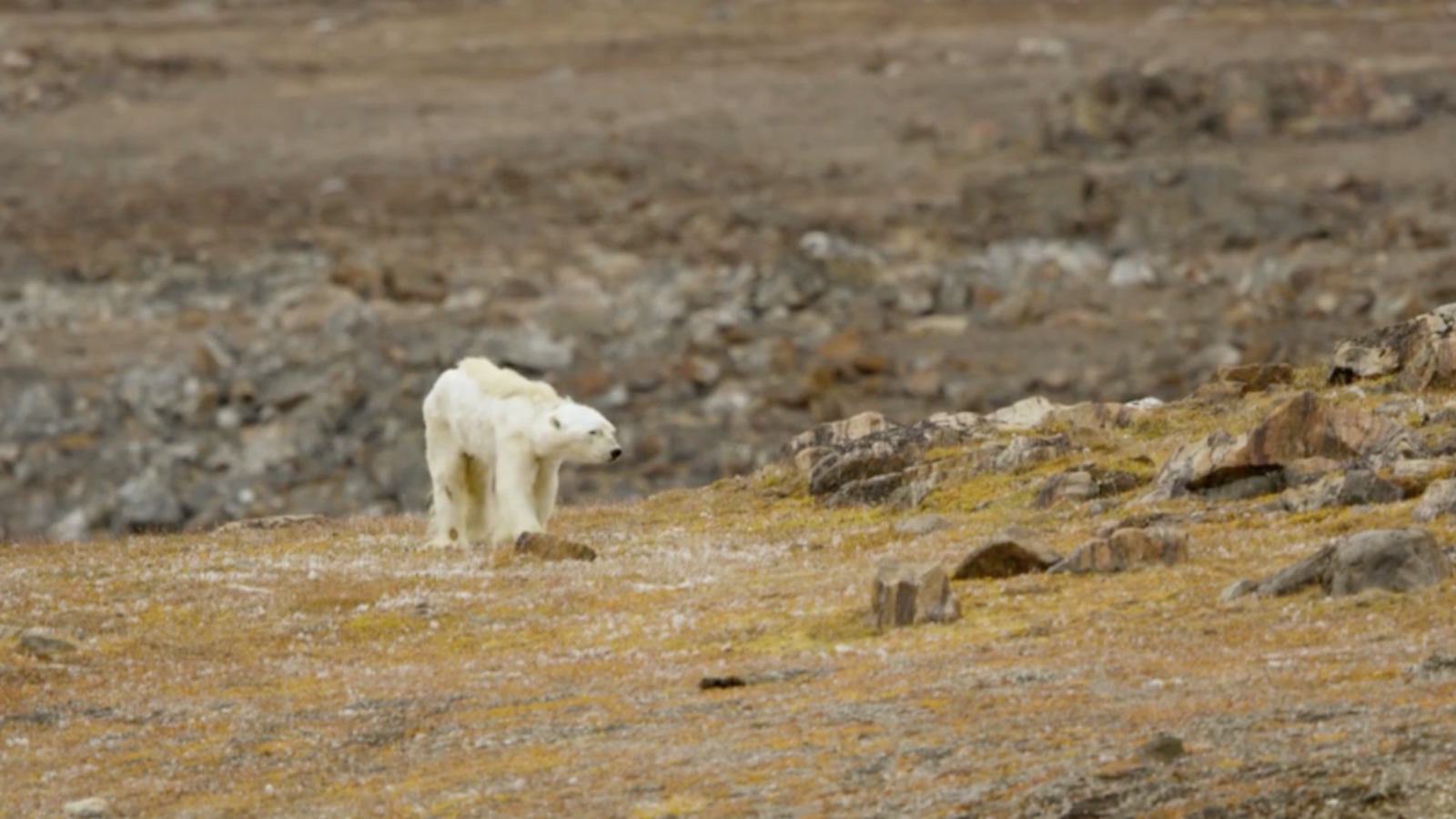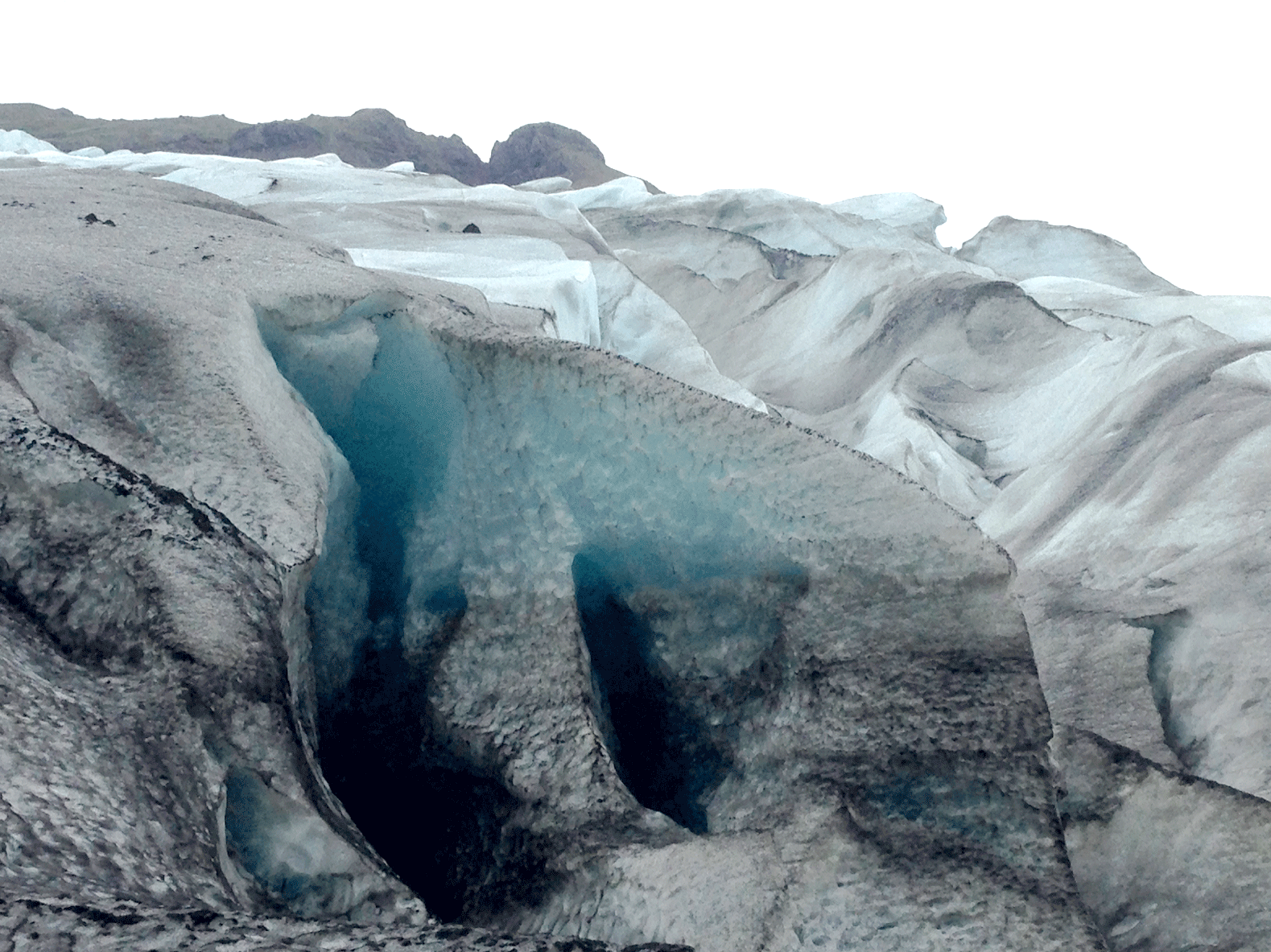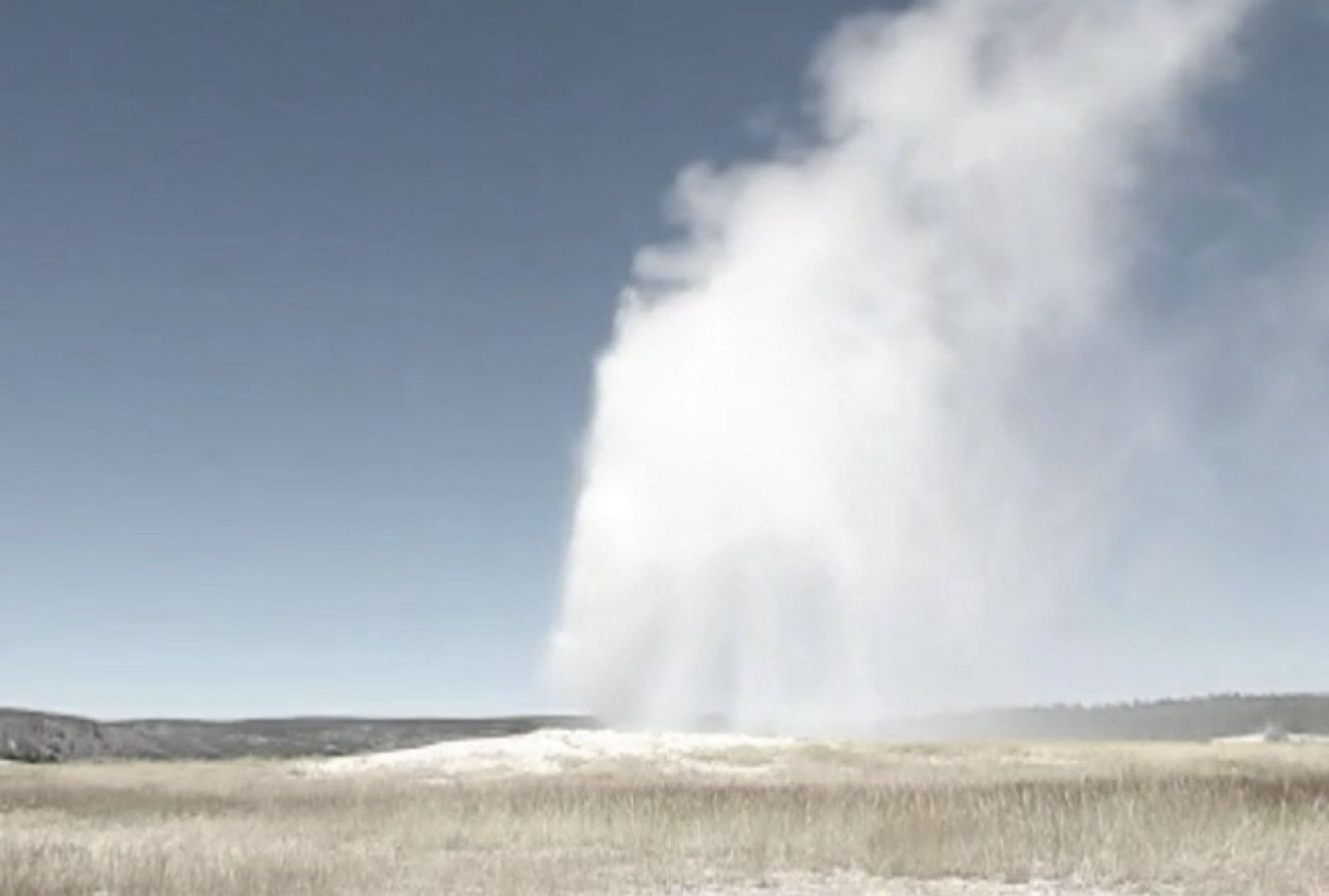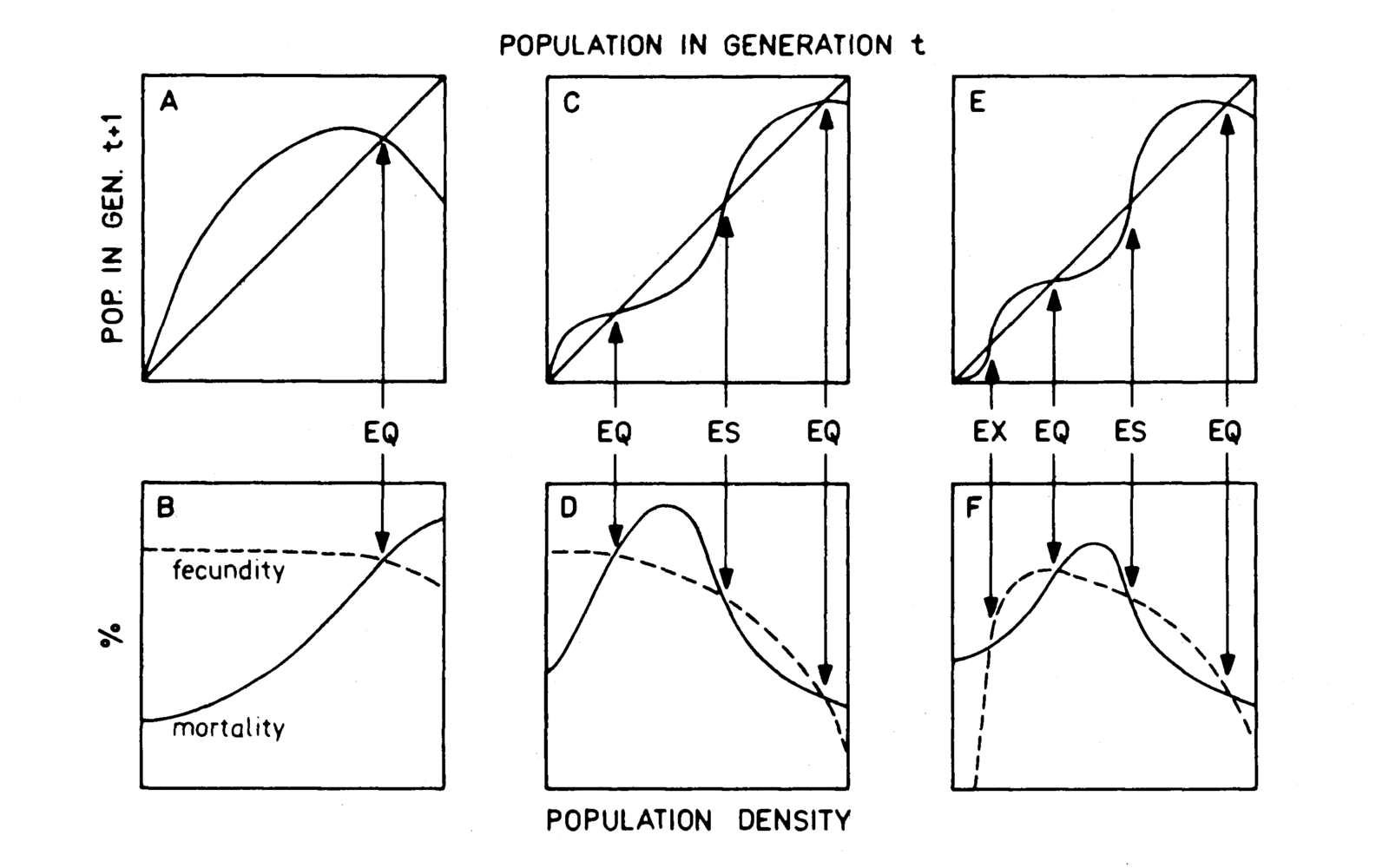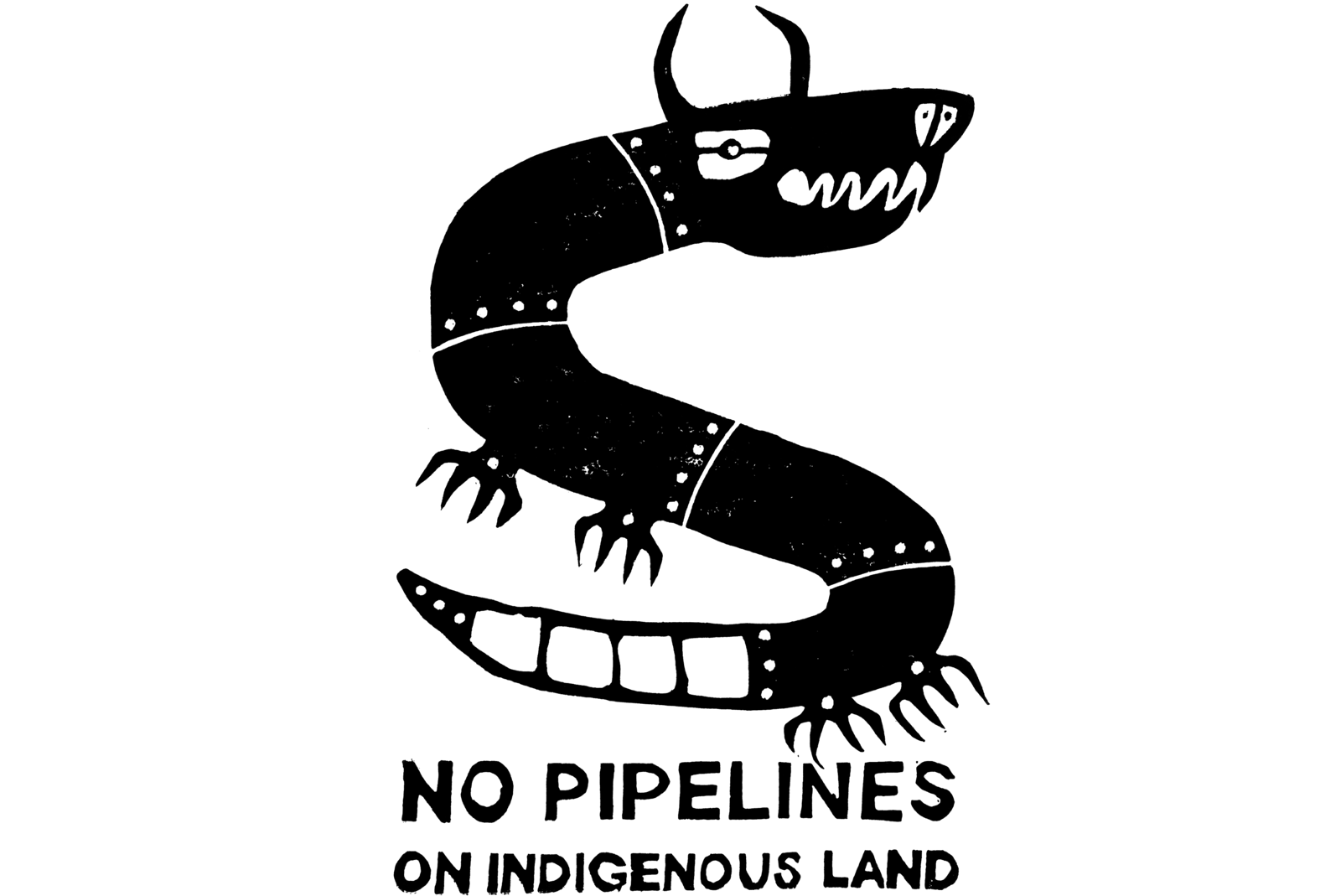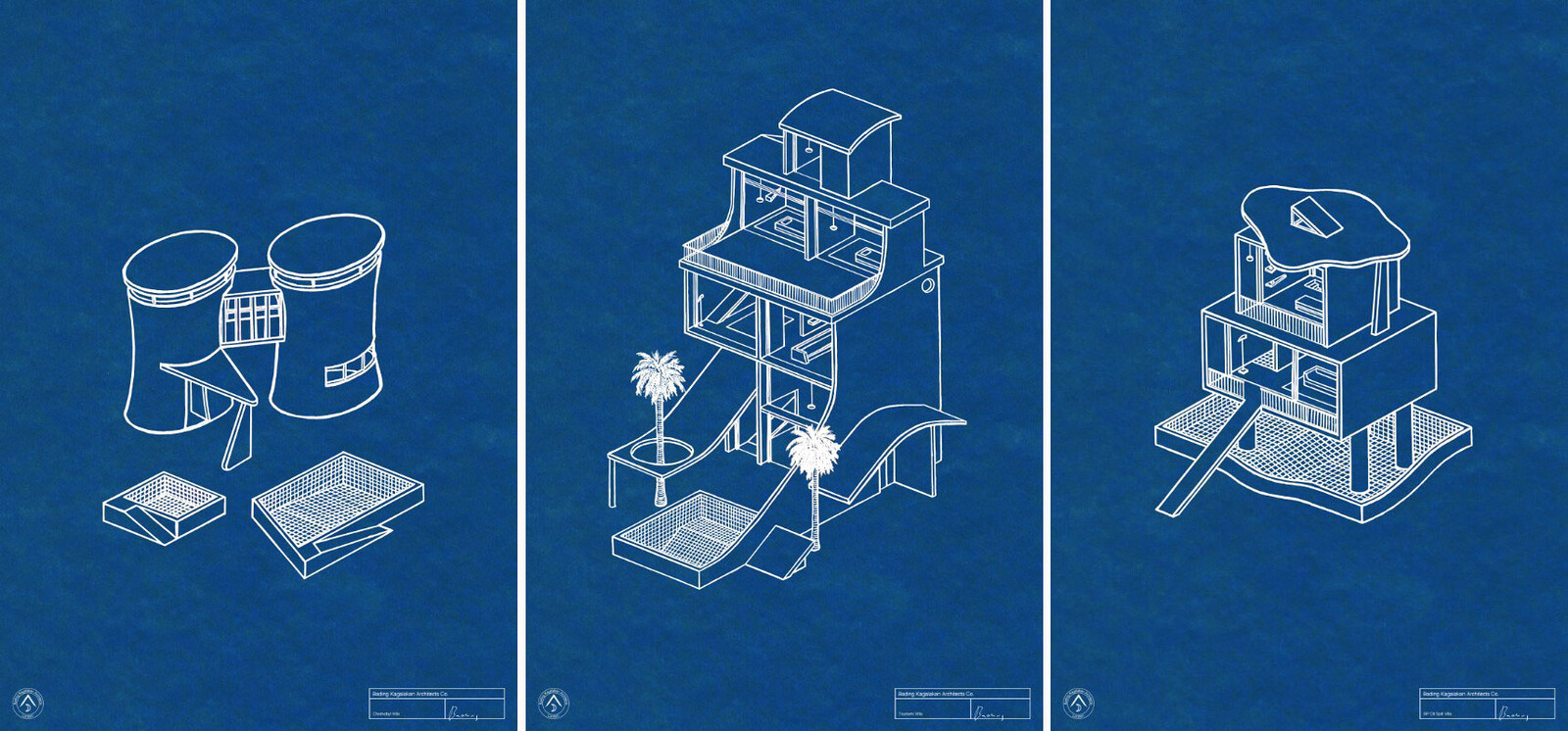The Anthropocene renders visible new architectures of time and matter, both sedimenting existing genealogies of global-world-space and radically reorganizing an imagination of the scope and material duration of what the human is in and through time. The idealized architectures of social formations that have hitherto been thought of as purely “social” structures are now beginning to betray their subtended geologies. Unraveling the fantasies of growth without accumulation, the global effects of climate change and resource depletion suggest that there is no accumulation without dispossession in both social or geological worlds. This new vision of the geologic underpinnings of social formations suggests that the “standing stock” of matter was never a suitable means to theorize how the geo and social hook up, or come to matter, nor does it adequately account for the full reach of those geosocial formations into time and sub-surface matter. Ruination of the future, it seems, is as a much a product of the subtended infrastructures of architectural projects as it is of these interventions themselves. Or, to put it another way, what was once imagined and imaged as extraneous and external to the rational projects of materializing late modernity might now seem to have found it had a missing substratum.
The substratum of the technosphere—the output of contemporary enterprise—has a central claim in accounts of the Anthropocene’s material geographies. Waste sites, mining shafts and extraction zones are imagined as the new museums of humanity, alongside the more affectual and accumulative material registers of pollution, toxicity and climate shifts. More than the by-products of social projects and industrial practices, such chemical and atmospheric modes of ruination are producing their own unique traces or architectural fossils in the Earth in the form of coral bleachings, plasticized rocks and carbon dioxide measurements. The accumulation of new mineralogical arrangements and organic-inorganic composites in the flow of geologic matter provides the evidential base for the Anthropocene.1 This new intemperate science of fossilization is generating the technofossils of the future.
Everything from the occurrence of McDonalds, Dairy Queen and Walmart chains to changes in nitrogen and carbon cycles position the geologies of the present into interlocking geosocial architectures. We might imagine the term “architecture” to refer to the organization of the material structures of space and its temporal patterning; or, how the material mediation of space orders a specific temporal indexing. These new empirics of sedimentation, of rapidly destratifying and restratifying social, economic and mineral practices, are rearranging the global dynamics of the bio and geosphere. This suggests that the old artifacts of Earth that constituted the imagination of global-world-space are overly reliant on a stable material foundation and therefore a temporal location. In this sense, the Anthropocene as a new rendering of time, subjectivity and agency announces both a break in and consolidation of modernity’s temporal arc. The city, as an ever-expanding urban fossil, is enacting a temporal buckling in its allegiance to the “now” in the form of its on-going contribution to a hominid geology with a duration far in excess of contemporary visions of disposability, newness and change. The provisionality of the present and its organization of a form of politics, thought to be a contingent social relation, is being fractured through the temporal break of geology. And, it is through the violent infrastructures of geology that new forms of politics are emerging, such as those at Standing Rock around the Dakota Access Pipeline that insist of a different vision of temporal affiliation and material filiation. As Lauren Berlant argues, “An infrastructural analysis helps us see that what we commonly call ‘structure’ is not what we usually call it, an intractable principle of continuity across time and space, but is really a convergence of force and value in patterns of movement that’s only solid when seen from a distance. Objects are always looser than they appear. Objectness is only a semblance, a seeming, a projection effect of interest in a thing we are trying to stabilize.”2 If infrastructures are also structures of feeling and convergences of force, then the appreciation of those affects need to reach down below the surface into the substratum to see how those forces both maintain and disrupt edifices of intention on the surface.
The underground spaces of extraction and the cavernous holes of excavated fossil fuels are now the curatorial spaces that await an anticipatory geology and a future direction beyond human agency. These spaces of extraction are nonetheless tied to the global socio-economic expulsions of late neoliberal subjective life through the invisible labors of subterranean workers and the toxicities that accompany these material mobilizations. The material destratifications of marine, mineral and chemical flows of carbon and nitrogen are returning in various accumulative modalities of pollution, toxicity and anthropogenic climate change, which in turn reconfigure the biopolitical possibilities of life. These affectual material infrastructures are shifting a sense of the planetary by generating new orders of time and a geo-logics of existence, simultaneously hacking and re-syncing the planet and its temporal structures to produce an arrangement of the future that looks decidedly irrational and unthought: infrastructures of geologic mobility that far outstrip, but are a direct consequence of, conventional forms of material communication and transnational infrastructures; geo-logics of social and material expulsions whose visible effects have been hidden in plain sight all along, understood as the waste and excess of normative modes of agency, architectural planning and capital accumulation. The task of geomorphic aesthetics is to think these new duration and material recombinations as an unthought affective infrastructure that subtends the architectures of materiality and resource distribution that themselves inscribe the planetary present of global-world-space. Specifically, geoaesthetics might make sensible how geologic forces move across time and space to disrupt the provisional unity of global-world-space and render new geographical imaginations of intemperate locations in both political and geologic time. This new form of geopolitics would understand the “geo” as a temporal disfigurement of political space rather than as a descriptive mode of spatiality.
In locating the temporal rupture of Anthropocenic planetary thought, a brief genealogy of global-image-space is required that situates climate change in its geographical imaginations. In the context of this new epoch, geomorphic aesthetics are a space in which ideas and ideals about the affective qualities of this new sensibility are represented not as a depiction of world-space or globality, but as a sensibility that can define the parameters of those organizations of thought or affective infrastructures (and their critique). The geologic and how it comes to matter beyond representational genres as a sensibility of time as well as a quality of materiality is firstly an archeology of the unthought; an arena of building and accumulation that has been rendered invisible and contractually mute. In this zone of agitation between matter, what comes to matter and that which has seemingly escaped material memory, aesthetics become a crucial space for engaging with geologic force and time and its proposition to stand against the architectures of agency (and reason) that brought the Anthropocene into being.


A 1969 U.S. Postal Service stamp commemorates the Apollo 8 expedition and the famous Earthrise picture.
Fractures in the Architectures of Global World-Space
Every image, every affective architecture that pertains to a global vision and a spatial imaginary, comes from somewhere, located in specific geopolitical modes of production and technologies of reproduction. This somewhere of feeling that structures perspective and renders orientation is global world image space. It is the persuasion of a globalizing force that encompasses world image space from a certain location and within specific locational media. The material, political and technical geographies of the globe constitute its locative vision within a heterogeneous space of different “worldings,” or meta-ontologies of the world. These meta-ontologies are not just a political but a material ordering of the world. This is why global-world-space is world-making in the sensibility of space rather than simply a descriptive act of spatiality. Global-world-space is the conceit of a global spatiality constructed through uneven geographies of experience and exploitation in order to maintain the privilege of its vision. The Anthropocene is both an addition to and radical departure from these meta-ontologies of the globe.
The development of actual geographic infrastructures that deliver a convincing architecture of global world-space3 began in earnest in the early twentieth century, but the origin of the desire for real-time globality and telepresent communications are already evident in the colonial networks of Empire, the telecommunication and transportation networks powered by coal and before coal by slavery. These architectures of globalizing space came to a point of culmination with the International Geophysical Year (IGY) of 1957-58 and the deployment of a line of weather stations that circled the globe, watching the meteorological shifts in weather patterns for the telling presence of ballistic missiles. That is, the synoptic accumulation of weather that later became the baseline correlative of climate was initially envisaged as a screen for watching incoming rocketry. Alongside these geopolitical experiments in the vertical architectures of aerial and atmospheric control, Sputnik was launched to provide the first geographical “elsewhere” of territory (after the oceans and Antarctica). The new satellite also launched the geographic imagination of an extra-territorial planetary state of sensing and consolidated the Earth as artifactual sphere of operations. The launch of artificial satellites and the landing on the Earth’s own satellite (the moon) initiate the beginnings of what Jennifer Gabrys calls a Program Earth (2016). As Gabrys notes, Sputnik “activated a multitude of new experiences for inhabiting the earth,” first as an audio map of a new orbital environment, and then as a programmable space.4
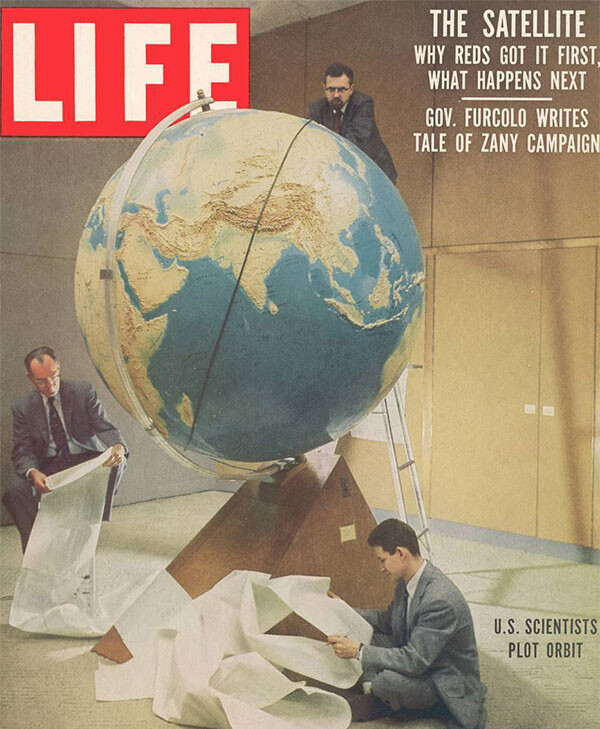

Smithsonian Observatory scientists on the cover of Life magazine, October 21, 1957. The scientists, working at M.I.T., were trying to calculate Sputnik’s orbit. Photo: Dmitri Kessel.
Galvanized by the geopolitical context of the prospect of Global War, in the Cold War the earth sciences and their sensing technologies became one of the main recipients of funding for new spatial and visual technologies and thus the architects of its vision. Furthermore, “Satellites were promoted as making an easy transition from military research and development to ecological and social applications. Remote sensing developed into a critical technology and method within environmental science and became a crucial way in which to study environmental change on a global scale.”5 While the globe appears in the context of the Cold War as the ultimate commodity fetish of the military-industrial complex, how these geographical imaginations of universal spatiality create a homogenizing surface of projection matters in the operationalization of materiality, particularly in how the earth as a global world-space is viewed as infrastructure of intentional propositions rather than a geography undercut by geological processes.
We should understand the images of globality from space and the verticality of vision that aimed for an increasingly spectacular encompassing of the globe—a God’s-eye view—as an attempt to grapple with the indeterminacy of materiality; to banish an atmospheric optic and still the dynamic of the Earth. At a technical level, the campaign was against the weather, specifically clouds and their powers to disrupt a clear line of sight. Even before the far side of the moon was photographed in 1959 by the Soviet Luna 3 probe, the ability to picture the Earth became coterminous with the desire to operationalize aerial space, crucial to which was the establishment of accurate weather reporting systems. This involved the strategic positioning of bases at the Poles to both detect and measure changes in Cold War atmospheres. Most notably, the US claimed the South Pole and established “Weather Central” at the Antarctic axis. This remote outpost which formed a terminal link in a pole-to-pole chain of sites running along three meridians provided a geopolitical encircling of the whole earth and “ground truthed” its global claim. These bipolar measurements attempted to achieve the first synoptic measurements as a co-present image of the world’s weather, which laid the foundation for climate to be constructed as a globalized space of data exchange. This first global meteorological model of climate circulation served as the baseline data point for anthropogenic climate change and ozone depletion.
Climate change (both long term climate shifts and anthropogenic-induced) introduced fractures into universalizing architectures and ruptured the neat enclosure of the whole, both in representational and socio-political terms. Just as global-world-space is nearly mapped from pole to pole, climate change introduces a shock to the imagination of earth systems as independent from social action. Climate change becomes representative—in the double sense of representing practices and ontological arrangements—of the unintended global (side-)effects of these totalizing Western colonial visions of the world and their inability to deal with the material and representative excess of closed world systems. It also demonstrates how world resources have been mobilized for Western growth, while entropy or waste has been exported both into the atmosphere and various colonial and neo-colonial sacrifice zones that constitute the dynamics of global-world-space. Excess is not an outside to these visions of global-world-space but a constituent condition of its infrastructures; a condition that is systematically unthought through those structures. It is a spatio-affective infrastructure in which certain modes of subjectivization are generated to create constitutive outsides to the privileged subjects of global-world-space; marginal subjects that are differentiated in terms of race and territorial autonomy. It is into this scene of representational failure, in which climate change models have struggled to compete with the changes already at work in the world (or, the various nonlinear and erratic material undoings that can’t successfully be modeled into a model, like capitalism), that a “geologic turn” makes its material-temporal intervention.
The claim of an epochal shift in the material and ontological ground of knowledge can also be viewed as a claim for a new epoch of thought. Epochal thought needs to re-materialize, re-ontologize, de-anthropomorphize and geologize humanity through the specificities of differentiating mineralogical forces. The Anthropocene is both a claim to inhuman life and the recognition of geologic claims on social life. While climate change modelling enacted a transformation of the representative scale of human-environmental relations into atmospheres, ice and oceans, it did not represent a change in kind in the Modernist drive towards the totality of global-world-image, imagined as an accumulative strategy of denser and more representative data architectures of the world. Thinking with the strata or the “geotrauma” of the Anthropocene as an epochal shift from socio-political to geosocial relations is a provocation to think about how the Earth stratifies thought, bodies and disciplines (in ways that the epistemes of Western knowledge cannot entirely take account of).6 The inability to comprehend the unthought of thought in the infrastructures of global-world-space and its affective residues in relation to the conceptualization of material agency that constitute and actualize reason might seem like a double erasure in social worlds given the embrace of geologic metaphors and materiality that populate some of the most energetic thinking of the twentieth century. Leibniz’s and Kant’s political philosophy that emerged from the 1755 Lisbon Earthquake; Deleuze and Guattari’s plateaus; Foucault’s archaeologies and social formations; Freud’s unconscious; and more recently, in the realm of feminist materialisms, Elizabeth Grosz’s Geopower, Elizabeth Povinelli’s Geontologies and Angela Last’s Geopoetics all engage the geophilosophy of a dynamic ground in the making of time, space and ontology.
Geomorphic Aesthetics
The Anthropocene presents geologic time as an inhuman milieu that is both before and after “us”; as both geologic prehistory of the planet whose temporalities now intrude on the present and its social and political forces, and as a future socializing of the strata in humanity’s geologic deposits read as fossil traces. But geology is also a force or power that is harnessed, capitalized upon, directed and let lose in the world, as both fuel and affective materiality of desire and affiliation (not to mention the filiation of fossil fuels that take social reproduction elsewhere).7 Within the grand claims about planetary mastery and the geologic wasting powers of humanity as a concretized lump of geomorphic agency, there is a need to address the material dimensions of a geologically-informed subjectivity; or perhaps a geologically deforming subjectivity (if we take on board the various destratifying powers enacted on the atmosphere, oceans and strata).
As a concept and material claim, the Anthropocene is not yet an actual object as such (it has not yet been fully approved by the geologic Time Lords of The International Commission on Stratigraphy), but it does name a thought-image of the thresholding of geophysical forces (from the Holocene—the stable environmental conditions that have produced our current social and theoretical milieu—to the Anthropocene—which sees the major disruption of the Holocene’s planetary biochemical processes,) and seems to promise a re-organization of the entanglement between humans and the world at a material and ontological meta-level. If we hold the Anthropocene to its epochal claim of naming a major shift in geosocial relations, the threshold implies the destruction of everything that is tied to the Holocene, including late neoliberal subjectivity and its practices, forms of life tied to and lived through fossil fuels, humanism as an adequate system of thought and capitalism as the defining plateau of operations.
Conceiving the Anthropocene as a new story of the beginnings and endings of Man recast through geologic timescales, or, a new material and ontological origin story for humanity, is what I call “Anthropogenesis.”8 It is a story of the fallen master subject with Promethean powers releasing its petrifying hold on the strata of the human species through technological innovation and ecomodernisation. It is a genesis that names Man as the originator of a new geologic force operating at the scale of the planet. Geologic change did not begin and will not end with “Man” however, but was borne with the vast liberation of energy, first from slavery and then fossil fuels. It matters what origin stories we tell. These mappings of planetary material infrastructures have an affective economy that place some subjects in and some outside of agency. If we acknowledge this energetic subsidy from slavery and mineralogical deposits as having lent not just geologic materials but also capacities for force within human life (and who or what gets to count as human within the biopolitics of life), then we can also shift our understanding of the location of agentic power to focus on these human and geologic materials and the capacities that they incite as the affective materials of social formations. This is a kind of urarchitecture or affective infrastructure of social worlds. An ontological reconfiguration might also be considered that thinks the humanist subject as subtended by and extended in material and temporal reach by geologic materials and its laboring bodies. As such, the Anthropocene represent a new arrangement or geographic imagination of the Earth that includes the materiality of contemporary subjectivity, its ecologies and new discourses on time and history. This new coding of the Earth was instigated by both the imagination and actuality of climate change, but the Anthropocene returns us to the Earth as the territory or terroir of differentiation. This claim on and by the Earth to be the ground of agentic life is made through an explosion of material effects, including, but in excess of, climate.
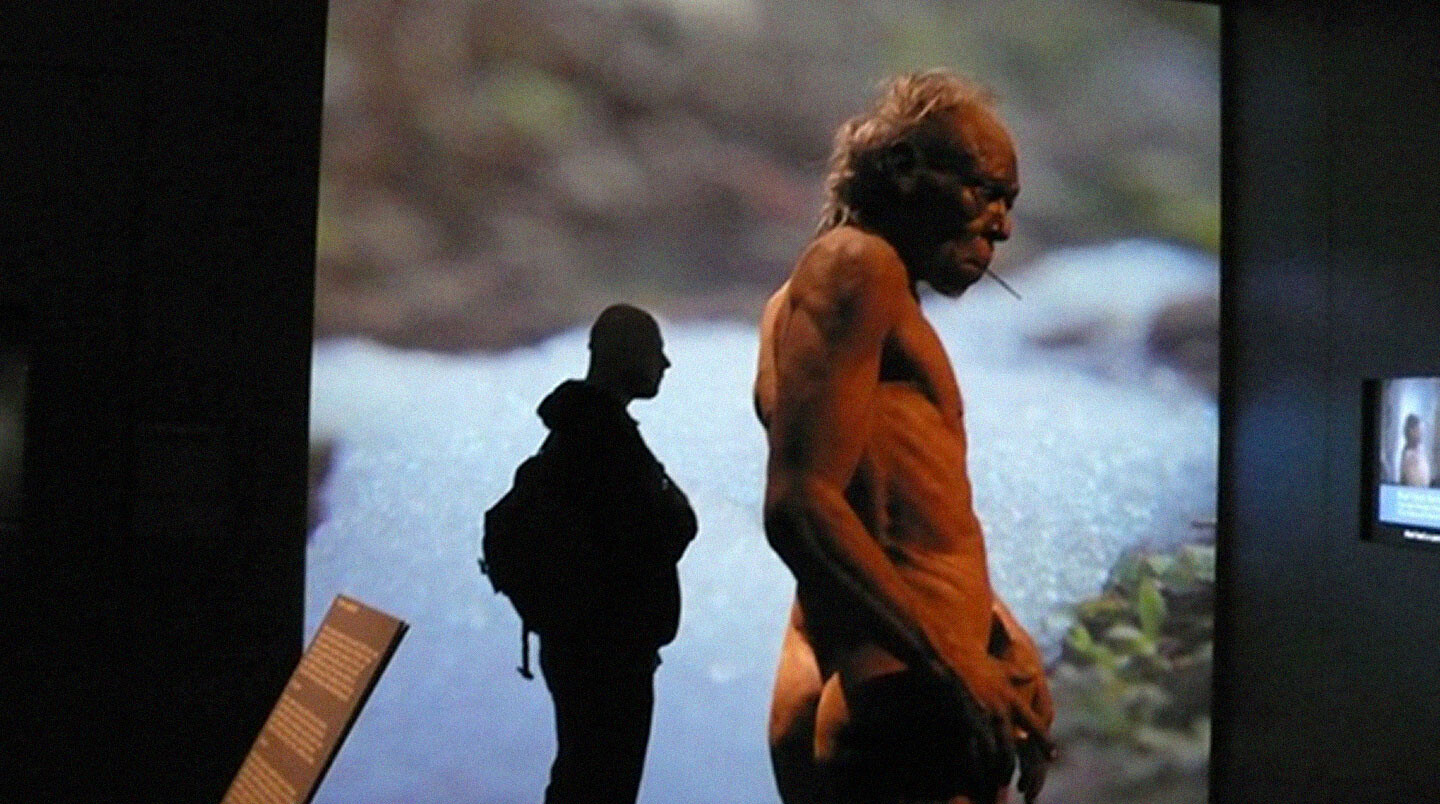

Exhibition view of Britain: One Million Years of the Human Story (2014) at the Natural History Museum, London.
Epochal Aesthetics
But what is life like on this New Anthropocenic Earth? How is Anthropocenic globalism different from other historic global imaginaries that form a trajectory from colonial to neocolonial to the globalization of capitalism, all with their implicitly unequal and racist geographies? If the Anthropocene is to be a truly epochal moment, surely things ought to look different than the dominant Western imagination of human-environmental relations. None of the old stories of Man, Man contemplating Man, Man vs. Nature, Man as Nature, Man as Governor/Steward/Modernizer/Innovator/Entrepreneur of Nature, will do. What we need is the imagination of a hundred million Anthropocenes that adequately map the differentiated power geometries of geology and its uneven mobilization through different geosocial formations.
While monumentalizing epochs through golden spikes and the mess of mass extinction events is proper to the discipline of geology, in the humanities there has been a flurry of attempts at pre-emptively monumentalizing the future event of fossilized humanity. Such acts have often been gendered and culturally exclusive, and confined our vision of the future and its imagination to idealized or heroic future subjects. The monument of the “Geology of Mankind” represents a renewed quest for fundamentals, articulated in the Nature of “Man” and queried through an immortal geologic signature in the strata while simultaneously lamenting the passing of that grandiose Man (if only he could be a better man). He came, he went, he left a fossil (or not) on the geologic beach of time for another idealized man to contemplate. It is the recursive scene of Charlton Heston on the beach contemplating the ruins of Liberty in the Planet of the Apes. These interventions that seek to fix the Anthropocene in a singular and monumentalizing event are fossil-making—they attempt to make alternative fossil monuments to geology—but do not address the processes and geopolitics of fossilization that are at stake in the Anthropocene-in-the-making. These material interpolations into the geologic substrata produce a new affective scale in both imaginative and material registers that suck notions of agency or intention through a planetary rabbit hole. The problematic concept of “Geologic Life” then, is a problematic of the division of materiality rather than some self-evident continuum of biological (and biopolitical) life for a new epoch.9 An acknowledgement of geologic life heralds the epoch of unheroic agency interned in mineralogical exposures and absorptions, discontinuous in its temporal occurrence and at odds with itself as a sovereign being, abandoned in an episode of geologic realism (the mundane reality of continuous extinctions or what Lauren Berlant calls, “Slow Death”).10
While the Anthropocene names a break in the understanding of time and geologic epoch (out of the Holocene and into the Anthropocene), it is also a material cut into bodies: real, actual, specific, vulnerable, bodies; bodies of those that do not get to count as fully human in the current biopolitical order; bodies of earth, bodies of nonhuman organisms, social and geologic bodies that matter. This precarious mattering is an uneven geography that is mobilized through an affectual infrastructure of geology. In understanding the capture of geologic force there is a need to understand geology as the substratum to human life that pertains to the conditions of survival; something that underpins the possibilities of life and its duration, something like a precondition and possibility of life’s cultural, political and biological actuality. Accounting for a “geologic life” as the precondition and possibility of life (however categorically organized) links the political geology of extraction to the affective registers of living the good life or late neoliberalism.11 In this coupling, there is a need to think geologic agency as both formative of political states and an exercise in biopolitical arrangements.
This new field of geopower does not just rearrange an understanding of these two operations and the conceptual foundations they are built upon, but supersedes them as an originary context or precursor to political possibilities.12 Yet this geologic agency is slippery, insofar as it eludes the current structures of accounting for agentic action through the categories of subjective life. It is both above and beyond life. Life is the loose container of geologic affects. Geologic life is the unthought material context of nonlife, whose formations organize some of the structural possibilities for life and its potentials, even as it exercises the impossibility of accounting for those material structures through time as anything more than a fleeting property of the subject. Subjective life and subjective modes become effects of geological compositions that both destabilize and provoke a biological will to power.13 Thinking with geology as something that passes through and subtends the question of subjectivity, without beginning or ending with the subject, releases modes of subjectivity into domains where agency and the organization of social structures need to be rethought through explicitly non-normative forms and reconstitutions of geo-political lives. Political revolutions need to undergo and be situated within revolutions of the earth.
Implicit in the Anthropocene thesis is the call to rethink humanity as a new homogenous subjective unit and as a geologic (political) subject. This call that is made in the discipline of Geology about geologic time is primarily a re-directional tactic to conceptualize a new material durée, which only inadvertently launches a new categorization of human life and its models of a geologic history into being. It is the spatial construction of the Anthropocene as a new mode of globality that releases the temporal implications of geology as an anterior to the present architectures of space and time. If humans have acquired geological force or geopowers, what kind of geologic subjects are borne into this originary moment? What are the identity politics of this scene? How are they shot through with indeterminate, yet determining forces? Who are the major powers and minor subjects that get to tell their origin stories? If we look at the kind of risks and precarities that are involved between the constraints of territory and the material destratifications of climate change, it becomes clear that there are preferred subjects that accompany this epoch into being; subjects that get to author the rocks and others that just get to be ground down by them.
Rather than looking at the futurism of climate apocalypses to come or dwell in the cathartic images of catastrophe, the search might be for a geologic imaginary that disrupts notions of the uninterrupted agency of the liberal subject (and its reins on biologic life) within the ever-increasing accumulations of planetary-scale architectural signatures of the human. Such a notion of geologic life might turn towards the intercedial registers of mineralogical agency and its trajectories and modes of stratifications. Examining inhuman and nonhuman excess in the aesthetics of identity formation in the originary scene of the Anthropocene prompts a further question about the role of the nonlocal—or inhuman—in subjectivities and its identifications, determinations, and qualities. How these inhuman qualities of identity—or what I am calling Geologic Life—are negotiated has profound consequences for how human “life” is understood in the context of a broader field of the material and temporal architectures of the Anthropocene as an epochal event. More importantly, rendering these affectual infrastructures of geologies past and present must account for the unthought subjects that get caught in its wake. If the Anthropocene’s built environment is not actually about the buildings per se but resides in the processual material context of all the ruins that surround and anticipate it (human, nonhuman and inhuman), that building must be thought as a process of ruination or the reverse of agency. In Robert Smithson’s terms, architecture is a ruin in reverse, an entropic exercise. And, if the Anthropocene is considered a new epoch of thought, there is a need to think about what an epochal thought should do. Where should it go to account for materiality and temporality differently? How should it define itself against the humanism of the Holocene and its projects and preferred subjects? The capacities that the Anthropocene presently enables in the privilege of making global worlds through thought-images and affective intensities is a geopolitical act.
Fascinated by the computational abilities of geology to “sort” geologic materials, minerals, matter, rocks, soils into strata, Roger Caillois imagined a different kind of “computational planet” than those of scientists interested in earth system management.14 But how do social formations and subjective relations, and their event-full and event-less agentic forces, get turned on by rocks? In thinking about the subjective formations of inhuman forces we can begin to understand how minerals arrange subjective modes and geomorphic selves that do not just map into empty space but materialize in bodies and existing racialized and gendered formations of matter. If we are to begin again as geologic subjects in a new epoch, the untimely quality of geomorphic aesthetics might be a good place from which to start to form a new conceptualization of the political geologies and material differentiations of the Anthropocene; one where geologic infrastructures can be shown to affectively undo agency as we know it. Aesthetics can be considered as a mode of experimentation and intervention within the events of the Earth—rock life, earth revolutions, geomorphic shifts—and as a space of material communication with the interiority of inhuman forces that experiment with cosmologies of geologic “life” beyond life. In this sense, geoaesthetics is a space of actualization in the formation of subjectivity, but also in the actualizations of the new affectual architectures of geology as a spatial practice that occurs within and between the materiality of bodies as well as the Earth. Thus, geoaesthetics are not primarily about picturing or representing what life is within a geological context, confirming its affiliations and forms of self-witnessing, but about experimenting with what life can or might be in both its virtual and future anterior modes. Art allows life to surpass itself. By opening a space for the passing of a limit that life itself cannot pass, geoaesthetic acts can resist the biopolitical arrangements that seek to limit and govern particular forms of life through its imaginaries of global-world-space and push further into the earth to locate the undercuts of reason and mine the geopolitics of matter for new imaginaries of geologic life.
Accumulation: The Material Politics of Plastic, eds. Jennifer Gabrys, Gay Hawkins and Mike Michael (London: Routledge, 2013).
Lauren Berlant, “The commons: Infrastructures for troubling times,” Environment and Planning D: Society and Space 34(3), 2016: 394.
See also Denise Ferreira da Silva, Toward a Global Idea of Race, 2007 (Minneapolis: University of Minnesota Press)
Jennifer Gabrys, Program Earth (Minneapolis: University of Minnesota Press, 2016), 1.
Ibid., 3.
Nigel Clark and Kathryn Yusoff, “Geosocial Formations and the Anthropocene,” Theory, Culture & Society 34(2-3), 2015.
Kathryn Yusoff. “Queer Coal: genealogies in/of the blood,” philoSOPHIA 5 (2), 2015: 203–229.
Kathryn Yusoff, “Anthropogenesis: Origins and endings in the Anthropocene,” Theory, Culture & Society 33(2), 2015: 3–28.
See Kathryn Yusoff, “Geologic Life,” Environment and Planning D: Society and Space 31(5), 2013: 779–795.
Lauren Berlant, “Slow Death,” Critical Inquiry. 33(4), 2007.
Elizabeth Povinelli, Geonotologies: A Requiem to Late Liberalism. (Durham: Duke University Press, 2016); Yusoff, “Geologic Life,” Environment and Planning D: Society and Space 31(5), 2013.
Kathryn Yusoff, Elizabeth Grosz, Nigel Clark, Arun Saldanha and Catherine Nash, “Geopower: A Panel on Elizabeth Grosz’s Chaos, Territory, Art: Deleuze and the Framing of the Earth,” Environment and Planning D: Society and Space, 30(6), 2012: 971–988.
Elizabeth Grosz, Time Travels: Feminism, Nature, Power (Durham: Duke University Press, 2005).
Roger Caillois, The Writing of Stones, trans. Barbara Bray (Charlottesville: University of Virginia Press, 1985). See also ➝.
Accumulation is a project by e-flux Architecture and Daniel A. Barber produced in cooperation with the University of Technology Sydney (2023); the PhD Program in Architecture at the University of Pennsylvania Weitzman School of Design (2020); the Princeton School of Architecture (2018); and the Princeton Environmental Institute at Princeton University, the Speculative Life Lab at the Milieux Institute, Concordia University Montréal (2017).
.png?w=1200)
.png,1600)

